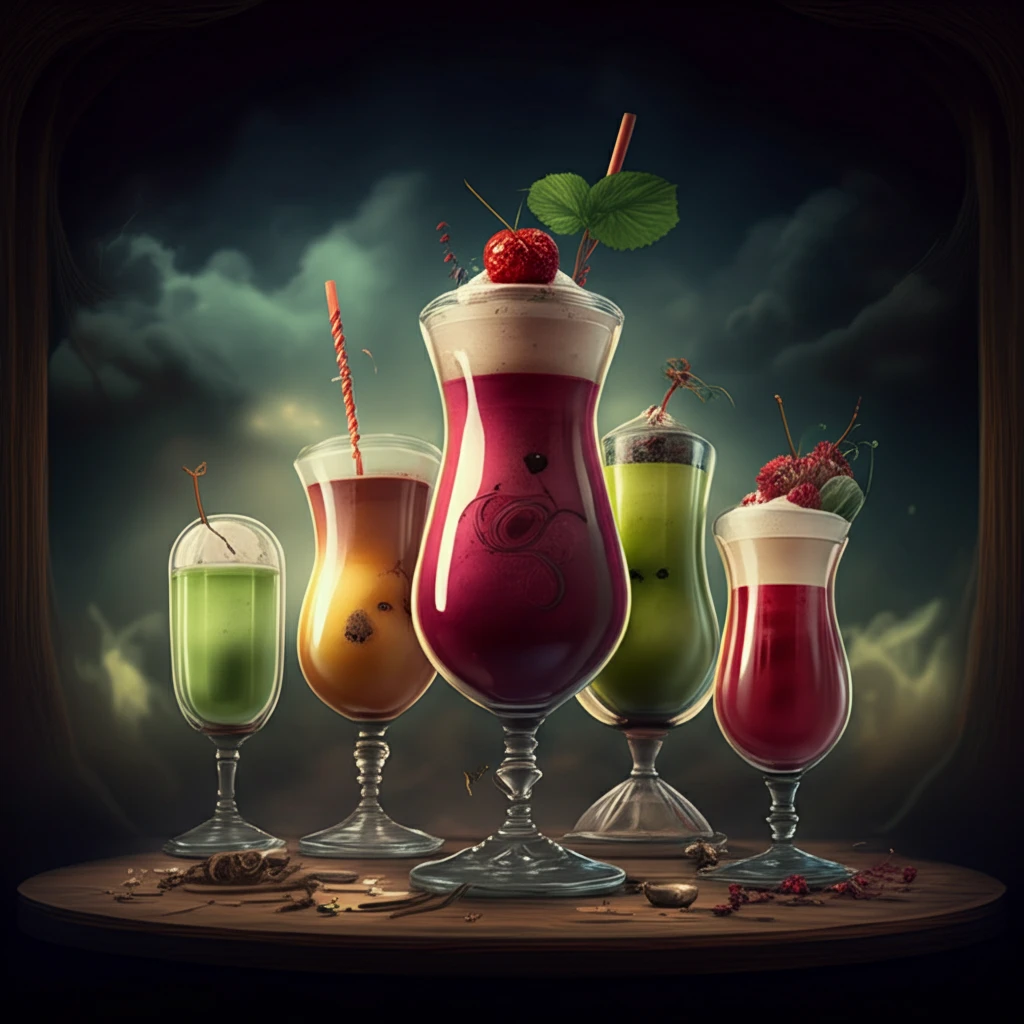
Are Your Favorite Fruit Drinks Secretly Toxic? The Shocking Truth About Colorants
"Uncover the potential health risks hidden in your everyday beverages and how they may be impacting your well-being."
In recent years, the consumption of commercial fruit drinks has surged worldwide, leading to increased scrutiny of their ingredients. While these beverages are often marketed as healthy and refreshing, concerns have been raised about the potential risks associated with some of their components. One area of particular concern is the use of colorants, which are added to enhance the visual appeal of these drinks.
Colorants play a significant role in the food industry, providing enhancement, imitation, or masking of the natural color of food products. While synthetic colorants have been widely used in the past, rising concerns about their potential toxicity have prompted a search for natural alternatives. Anthocyanins, natural pigments responsible for the vibrant red and blue colors in many fruits and flowers, have emerged as a popular choice. However, questions remain regarding the safety and long-term effects of these colorants, especially when consumed regularly over extended periods.
A recent study published in the Journal of Nutrition & Food Sciences has shed light on the potential mutagenic effects of colorants found in commercial fruit drinks. The study, conducted by researchers in Egypt, investigated the impact of these colorants on mice using a variety of tests, including comet assays, DNA fragmentation analysis, and micronucleus tests. The findings have raised concerns about the potential health risks associated with the consumption of these beverages and highlight the need for further research to fully understand the long-term effects of colorants on human health.
What the Study Revealed: The Potential Dark Side of Fruit Drink Colorants

The study focused on four popular commercial fruit drinks: pear, cherry, strawberry, and red grape, all stored at 4°C for six months. Mice were given varying doses of these drinks over three weeks. After this period, scientists examined the mice for signs of genetic damage. The results were eye-opening, suggesting that these seemingly harmless drinks might not be as safe as we think.
- Comet Assay: This test measures DNA strand breaks. The study found a significant increase in tail length in the comet percentages from blood cells, indicating DNA damage.
- Micronucleus Test: This test identifies micronucleated cells (MNCs), which are a sign of chromosomal damage. The frequency of MNCs was significantly higher in mice that consumed the commercial fruit drinks.
- DNA Fragmentation Analysis: This method directly assesses the extent of DNA degradation. The results showed increased DNA fragmentation in mice treated with the fruit drinks.
- MDA Analysis: Malondialdehyde (MDA) is a marker of oxidative stress, which can damage cells. The study found that MDA levels increased significantly in mice that consumed the commercial fruit drinks, especially at higher doses.
The Bottom Line: Rethinking Your Drink Choices for a Healthier Future
This study serves as a warning about the potential dangers lurking in commercial fruit drinks. While more research is needed to fully understand the long-term effects of these colorants on human health, the findings suggest that we should be more mindful of our beverage choices. By opting for natural, uncolored alternatives, we can minimize our exposure to potentially harmful substances and protect our well-being.
